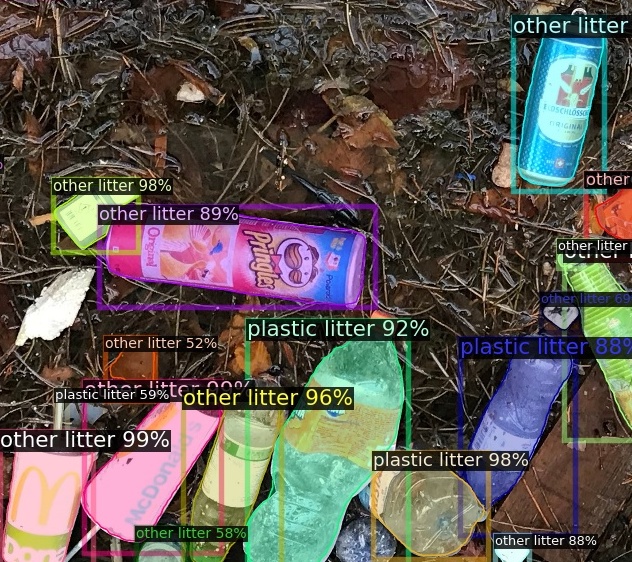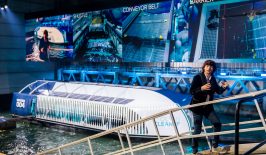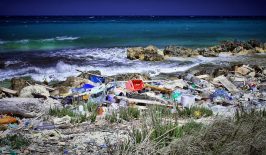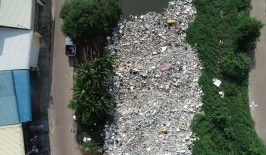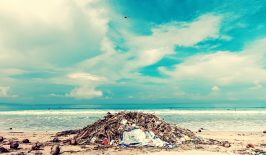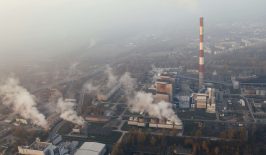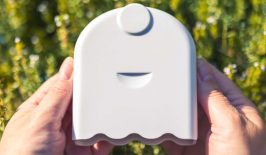Plastic pollution in our waters is endemic. Plastics are found in almost every area of the world’s vast oceans, with between 8 to 12 million tons of it dumped into the sea every year. This endangers not only marine ecosystems, but humans as well, thanks to microplastics subsequently entering our water, food, and air.
At ETH Zurich university in Switzerland, a group of students and volunteers have banded together to tackle water pollution at its source. Using a complex cocktail of AI, robots and automation, they’ve developed a scalable system, dubbed Autonomous River Cleaning – ARC – that could potentially remove plastics from rivers across the world. It’s an ambitious goal for a group of students, but if they can truly walk the high-tech jargon they’re talking, then they may be onto something.
So, why focus on rivers, rather than oceans? It’s a pragmatic choice: while removing plastic from rivers is a tricky business, things get even more difficult once that waste reaches the ocean. When plastic gets to the sea, it breaks down into smaller particles and disperses widely. In rivers, waste is at least somewhat concentrated, but the challenge of getting it all to a single pick-up point remains a key challenge for waste retrieval.
To tackle this problem, the ARC team will borrow techniques from mathematical modelling and fluid dynamics. To make waste flow to the collection point, the team will pump air into water in a fashion similar to the natural mechanism behind whirlpools. Bubble curtains – groups of pressurised tubes – will be placed at the bottom of a river, creating a constant upward flow of air bubbles. This will push the particles to the surface, allowing for convenient collection.
ARC is not the first to use bubbles to clear plastic from water, but they are taking the technology several steps further. Their autonomous vessel – or robot – is also programmed with artificial intelligence that can sort through waste and pick out the plastic. The robotic arm, equipped with a camera, can identify different kinds of waste objects and then return biomass to the water while retaining the plastic.
ARC is also using technology for monitoring purposes, giving enormous research value to the project. At the moment, the amount of plastic and the types of waste that end up in rivers is not precisely known. The students will use floating GPS trackers to investigate which routes the waste travels, providing better insight into how it can be removed.
Ultimately, the vessel integrates all its subsystems – waste accumulation, autonomous sorting, and detection and analysis – into one single, scalable solution. The ARC team is currently testing their prototype in the Limmat River in Zurich. All going well, the team hopes to deploy the system in larger rivers in Africa, India and Southeast Asia in 2022.
The project is supported by the Robotic Systems Lab, Ecolymer, and is connected with several other European universities.
